Modern mobile phones and smartphones use lithium-ion batteries, they are characterized by increased capacity and high reliability, although energy consumption has also grown significantly lately. This led to the fact that now you have to charge the device even more often than before, and those who do not have time for this have to purchase a second battery. While you use one, the second is on charge. Also, those who have a broken socket or the phone just doesn’t turn on should learn how to charge the phone’s battery without a phone, and why it’s not clear.
Content
Can I charge the phone’s battery without a phone?
Charge two or more batteries in turn through the same telephone set is inconvenient and there is not always time and opportunity. Moreover, the frequent opening and closing of the device cover can lead to breakage of its clamps, as a result - it simply ceases to hold over time, and the battery falls out.
It is more convenient to charge additional batteries separately from the phone, while the main one is used for its intended purpose. And it is quite possible. There are many ways to do this. Among them there is both a special device and artisanal methods, from more advanced to very primitive capabilities to extend the battery life even a little more.
Important! If charging additional batteries is required regularly, then it makes sense to purchase a special device. It is reliable and durable. Home methods are best used only in emergency situations, because their use is always associated with one degree or another risk.
The main thing is that your phone or smartphone would have a removable battery.
Things to consider when directly charging your phone’s battery
Before using battery charging methods separately from your mobile device, you need to consider the following:
- Only a special charger can provide a full battery charge, home methods in most cases can only partially correct the situation.
- Using home methods, you need to take into account parameters such as voltage, current, and resistance - if the parameters are insufficient, the battery will not charge at all, and if redundant, it may fail.
- During charging, you need to carefully monitor the state of the battery - if it gets too hot, the process must be stopped.
- You should also monitor the current parameters using a multimeter during charging.
- Incorrect actions during home recovery methods can lead to battery failure.
Therefore, it is worth the risk to those who are at least able to use the multimer, understand what voltage means, and can distinguish between positive and negative contacts.
Methods for charging a phone’s battery without a phone
The most acceptable ways to charge the battery is to use a universal charger, connect directly through the adapter, as well as from several conventional or rechargeable batteries.
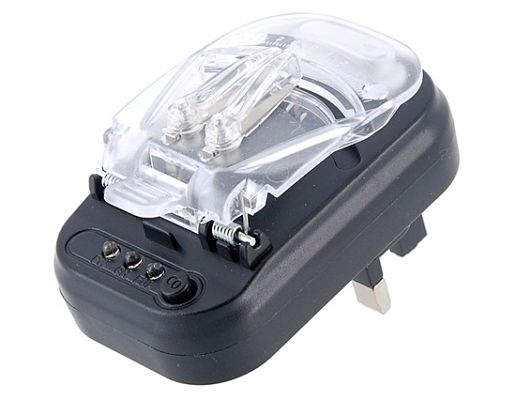
From universal memory (Frogs)
Universal memory, in common people, called the "frog" because of its specific appearance, is sold in various electronics stores, used to separately charge batteries of phones, tablets, cameras and other removable oversized batteries. This is a convenient device for those who like this constantly.
Order of use:
- Turn off the phone and remove the battery.
- Find out which contact is positive and which is negative. Usually they are signed, but if not, you can do this using the multimer.
- Open the cover of the universal charger. Inside it there are two terminals with a signed polarity.
- Insert the battery into the “frog”, push the “sliders” with the terminals so that they coincide with the battery contacts. Plus - to plus, minus - to minus.
- Close the cover that secures the battery securely.
- Connect the device to the network. The red light should light up. If not, then the battery is not installed correctly.
- When the red light turns green, it means that the battery is fully charged and can be removed.
Advantages of the “frog” are that it is reliable and absolutely safe. If the battery is inserted incorrectly, then it simply will not charge, and will not fail.
Directly with an adapter
There are two options. For the first, you will need an unnecessary adapter with suitable parameters. He needs to cut off the plug and strip the wires. Using a multimer, determine the polarity and connect directly to the battery terminals.
The optimal adapter is 5 volts, 2 amperes. If there is no suitable one, you can use the device up to 9-20 volts and 4-5 amperes - for example, from a laptop. But here, a direct connection is fraught with the fact that the battery will fail. To avoid this, it is necessary to insert a resistor of the desired resistance into the wire gap. The second option is suitable if the adapter is used and needed in its entirety, then you will need a thin wire and electrical tape, and also to know where the adapter plug has a plus and a minus. The first is inside the plug hole, the second is on the outside. Therefore, you need to insert the wires with the stripped ends accordingly and fix them with tape or electrical tape, and then connect them to the battery terminals.
Important! The battery has a controller - a board with a control chip that controls the charging process. It does not allow overcharging and does not start the battery more than 5 volts even if the charger sends 6 or more volts. However, if the battery becomes very hot or something else goes wrong, the device should be turned off and all parameters checked again.
From finger batteries or rechargeable batteries
You can charge the smartphone’s battery with conventional or rechargeable finger batteries. You will need a special device, where they are inserted in four pieces, with conclusions. Batteries need a capacity of at least 1.5 volts.
It should be inserted into the design of the battery, and its conclusions should be connected to the battery contacts of the phone, observing the poles. The success of charging depends on the capacity of the batteries, it is possible that the battery cannot be fully charged.
In this circuit, a 2 ohm resistor is used to ensure that the battery accounts for exactly 5 volts, and not 6, but there is no special need for this, since nothing will happen with the battery controller working properly.
How to squeeze leftovers from the phone’s battery
There are also emergency situations when there is neither the time nor the ability to charge the phone’s battery completely, but you need to urgently make a call or see some information. Then emergency methods will help.
Adhesive tape on contacts
The simplest and safest method to squeeze out a little charge from the battery at home is to turn off the phone, remove the battery, seal its contacts with tape and insert it back.
Oddly enough, such a primitive method gives a chance to make one or two important calls, while not harming the device like the following methods.
Heat or deformation
The following two methods also give you the chance to recharge the battery enough to make an urgent quick call. However, they harm the battery, so you can use them only if this call is a matter of life and death.
The first involves heating the battery. To do this, you need to remove it from the phone and, heating a metal object, apply it to it. The main thing is to prevent overheating.
The second method is even more dangerous and involves the deformation of the battery. Similarly, they bite ordinary batteries in order to slightly extend their life. The battery of the phone must be dropped sharply on a hard floor or hit about something.
It is highly recommended not to perform actions with the telephone battery that are not provided for in the instruction manual. This could result in battery death, electric shock, short circuit, or fire.
How do these methods affect battery life?
The safest and most reliable way to charge the battery of a mobile device is to purchase a “frog”. It will guarantee a full charge, and also will not bring any harm.
The battery method is also quite safe, but not always reliable. If the batteries themselves are partially discharged, then it may not work, or it will work - but not completely. Moreover, not everything is so simple here, first you need to mount a special device - a “box” for batteries with leads.
The direct connection method through the adapter has certain risks. If you do not take voltage and resistance into account, you can ruin the battery.
As for the emergency battery resuscitation methods, the only safe way among them is the tape method. Heating harms, but still not as much as deformation. In most cases, after this, this emergency call will be the last for the battery. And you can overdo it with heat or shock, and disable the battery immediately. Then even once you will not be able to call.
You can experiment with the wires as much as you like if the phone’s battery is not so needed. If you do not want to lose it in case of failure, it is better to resort to reliable and safe methods. But extreme ones also need to be known to everyone - in case of a really critical situation. What if one call can save a life? ..
Have you ever had this situation - you really need a phone, and the battery is almost dead? Tell us in the comments how you were able to get out of this situation. This will help make the site content more complete and useful.

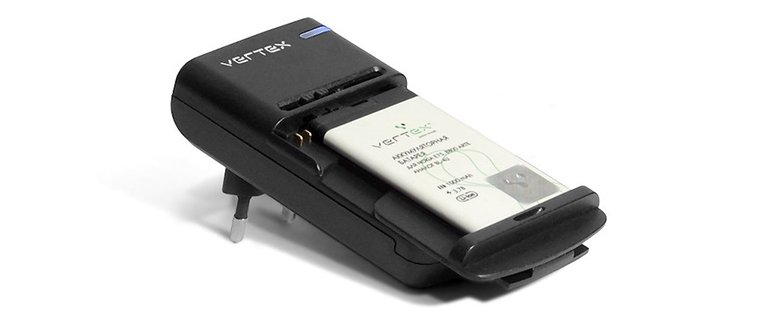
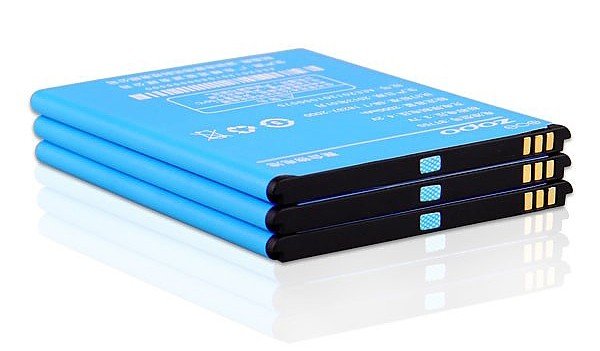
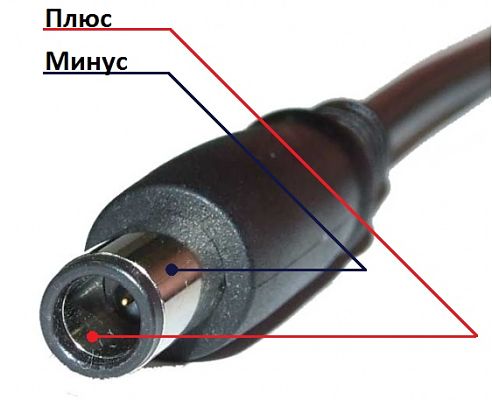
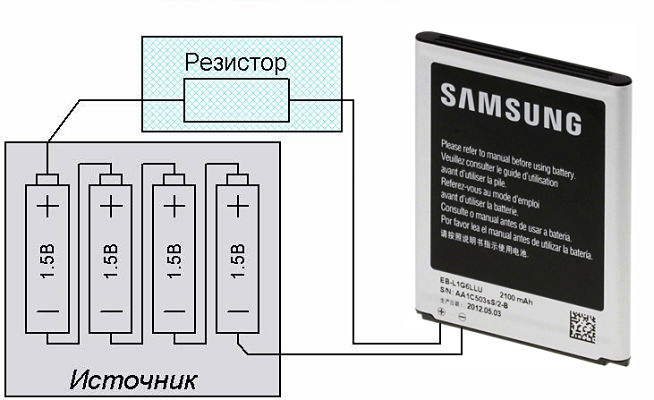

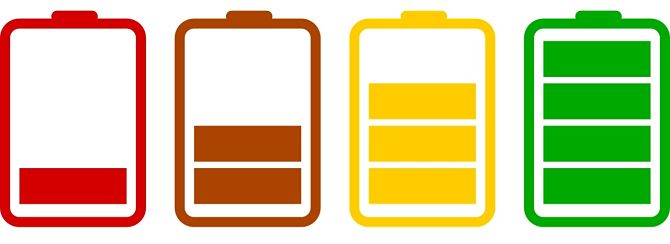

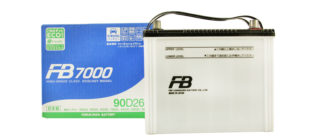
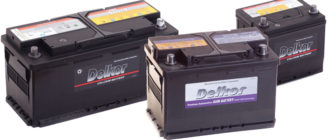

“The simplest and safest method to squeeze a little charge out of the battery at home is to turn off the phone, remove the battery, seal its contacts with tape and insert it back.”
only middle contact should be glued.